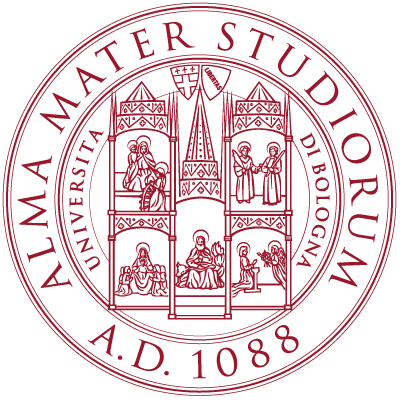| Authors | Project | Build Status |
|---|---|---|
| N. Curti | BlendNet | Linux/OSX : Windows : |


One of the biggest problem during graph visualization is to obtain good results in 3D environment. Blender software allows to create very beautiful 3D objects and it is very easy to use by Python API.
BlendNet project include a simple single-file python interface to draw network in 2D and 3D using Blender support.
Graph visualization is still an open problem in many applications. Commonly the problem is related to large graph visualization in which problems arise from the rendering of a large number of nodes and a greater number of links between them. An other open problem concern the multi-dimensional visualization of the graphs. Despite the most common graph tools compute the node coordinates in a any space dimensions (and clearly the maximum number of possible dimension for a visualization is still three) the real visualization is often allowed only a 2D space. The counterpart of these problems concern the pretty visualization of the graphs that it is often ignored in many tools but it can be guarantee a good result, the so called wow-effect, in a presentation.
BlendNet is a custom tool written in Python with the help of Blender API. Blender is now a standard in the 3D rendering and it is commonly used in a wide range of graphical applications, starting from the simpler 3D dynamics to the video-games applications. Blender is certainly more than a simple graphical viewer but the easy Python interface and the wide on-line documentation and blogs make it a useful tool for graphical representation of 3D structures.
BlendNet package uses Blender to render the network structure so install it before use it. A full list of Blender instruction can be found here.
Then you have to update the list of packages of the Python version inside Blender.
So go to the path_to_blender/version/python/bin directory and download pip as package manager and use it to install networkx pandas matplotlib numpy or use the requirements.txt file inside the project as pip install -r path_to_BlendNet/requirements.txt.
The scripts install.sh and install.ps1 cover a full installation example of Blender and project dependencies for Unix and Windows users, respectively. To use it please download also the submodules of the project. The full list of dependencies will be installed as no-root users so any trouble about user-privileges is ignored.
The Makefile cover a list of examples and command lines instructions about different inputs available. Just type make help to see the full list of available rules:
**Blender viewer for graph**
Usage: make draw [edgelist] [edgefile] [nodelist] [nodefile] [dim] [direct] [node_size] [edge_thickness]
optional arguments:
edgelist - string of edges (python-like)
edgefile - string with the name of file as csv
nodelist - string of nodes (python-like)
nodefile - string with the name of file as csv
dim - number of dimension for network plot (2 or 3)
direct - bool for directed/undirected graph
node_size - float for node size
edge_thickness - float for edges size
Note :
- edgelist or edgefile are mutually exclusive as nodelist and nodefile
- edges file must be a csv with header names 'source','target'
- nodes file must be a csv with header names 'node',[colors],[x],[y],[z]
where node, colors and x,y,z are optional (default random colors and spring layout)
Example:
make draw edgefile='[[0,1],[1,2],[2,3]]' dim=3
make draw filename='mynet.csv'
To beginner:
make testA list of examples could be found in example directory.
See also the list of contributors who participated in this project.
The BlendNet package is licensed under the GPL License.
Any contribution is more than welcome ❤️. Just fill an issue or a pull request and I will check ASAP!
Thanks goes to all contributors of this project:
Alessandro Fabbri |
Stefano Sinigardi |
|---|
and to Raffaele Pepe who help me with Blender instructions.
If you have found BlendNet helpful in your research, please consider citing the project
@misc{BlendNet,
author = {Nico Curti},
title = {BlendNet},
year = {2019},
publisher = {GitHub},
howpublished = {\url{https://github.com/Nico-Curti/BlendNet}},
}



